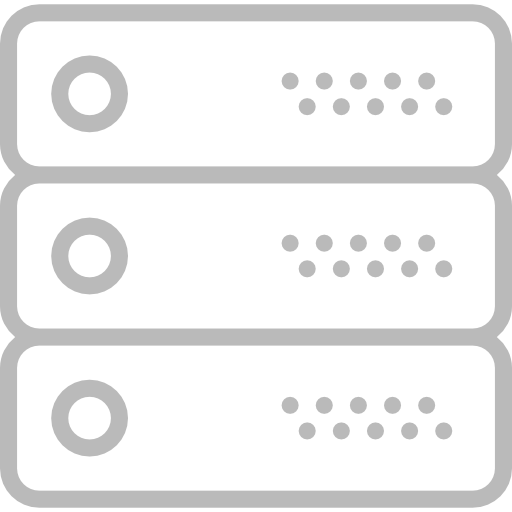Top 5 Reasons Why Your IT Disaster Recovery Plan Should Be A Top Priority
We have all heard the horror stories of simple mistakes that lead to costly business disasters. It seems like every day on the news we hear about the next recall or outage that leads to the need for public relations to clean up the mess. More often than not, the damage is too great to overcome and that company which suffered the IT disaster is unable to recover. Planning for the unknown and unlikely can be difficult but having enough funds to implement an IT disaster recovery plan can seem close to impossible. Often companies are faced with more pressing issues to their business than something that may or may not happen, or so they think, which is why we hear about these stories on the news quite frequently. But how unlikely is it that an IT disaster could happen to your company? With the combination of natural disasters, hardware failures and human error, the reality is that data loss is only a matter of when, not if. According to a NFIB National Small Business Poll, man-made disasters affect 10% of all small businesses and a staggering 30% have been impacted by natural disasters. A simple power outage could put your whole business at risk. In fact, research by the University of Texas has shown that only 6 percent of companies suffering from a catastrophic data loss survive, 43 percent never reopen and 51 percent close within 2 years.
1
You are only as strong as your weakest link. The age-old saying is as true today as it was when first uttered. You can have one of the most well-crafted ships ever made, but if your crew can not see the iceberg just beyond your line of sight, then it does not matter how well-built your ship is upon impact. No business is immune to IT disasters, but there are many things you can do to prevent them or quickly recover. There is no excuse not to have an IT disaster recovery plan in place – today. The ideal situation would be to have your production servers in a top tier data center with no single point of failure on the power and network connections and your disaster recovery backup servers at another data center at least 45 miles away in case of a severe natural disaster. This would ensure that you are virtually protected from any downtime and you have put your business in a great position to survive the most brutal IT disasters.


2
Customer retention is costly, but customer re-acquisition is devastatingly expensive. While on average it is much cheaper to retain a customer then to acquire a new customer, re-acquiring an old customer after an IT disaster can be next to impossible. It takes a lot to earn customers trust but after an IT disaster like loss of data or an extended outage in service, trust quickly evaporates. This is especially true when your customers are losing up to thousands of dollars per minute of downtime, which is not uncommon in some industries. Most IT disasters are deemed absolutely unacceptable to end users. It is far less expensive to prevent an IT disaster than try to re-acquire lost customers after one has occurred.
3
Customers expect perfection. The internet and the web 2.0 revolution have not only forced companies to be more transparent and accountable but competition in all in industries has greatly increased. With increased competition come lower prices, better service, and less forgiving customers. Most customers demand perfection because they know that if your company cant provide it, the next competitor in line is ready to give it their best shot to win the business. It is imperative not to give your customers a reason to leave because of something preventable like an outage in service.


4
Much like machines, humans are not perfect. They make mistakes. Have you ever accidentally saved over a word document or had your computer crash before you could save an important file? It happens to the best of us. Even the most cautious can forget a step in an important process causing data loss or the wrong data to being entered. While very common, these mistakes can often be the hardest to prevent and correct. Creating a series of incremental online data backups lets you easily restore your files to an error-free state. Having redundant firewalls, anti-virus, and anti-spyware software can ensure that security breaches are protected against if one were to be accidentally disabled or a port accidentally left open. Often times the most important way to prevent human error is in process improvements and quality insurance activities. Checking and double checking is often the best remedy, with online backups as a safety net.
5
Machines and hardware fail. While modern IT hardware is fairly resistant to failures, most devices fall far short of a perfect track record. No one is immune to hard disk or internet connection failures. While it can be costly for your company to eliminate any single point of failure in your IT infrastructure, it is the only way to insure that a hardware failure does not interrupt your service or cause data loss. The less expensive and more sensible option would be to have your data backed up regularly. Ideally, and more cost-effective than building your own top-of-the-line data center, would be to outsource your IT infrastructure to a leading Infrastructure-as-a-Service managed data center operator. This eliminates any capital expenses while ensuring the strictest protection from service interruptions due to IT infrastructure failures.

Conclusion: Save Money, Save Time, Save Your Business. Develop a Solid IT Disaster Recovery Plan.No business is invulnerable to IT disasters, but speedy recovery due to a well-crafted IT disaster recovery is expected by today’s ever-demanding customers. Too many businesses fail because they were ill prepared for an IT disaster, even when a simple solution like online backup could have easily saved them. If your business has not thought about developing an IT disaster recovery plan yet, it should be on the top of your list of priorities. Your business and customers demand it.
Checkout our VMware solutions

